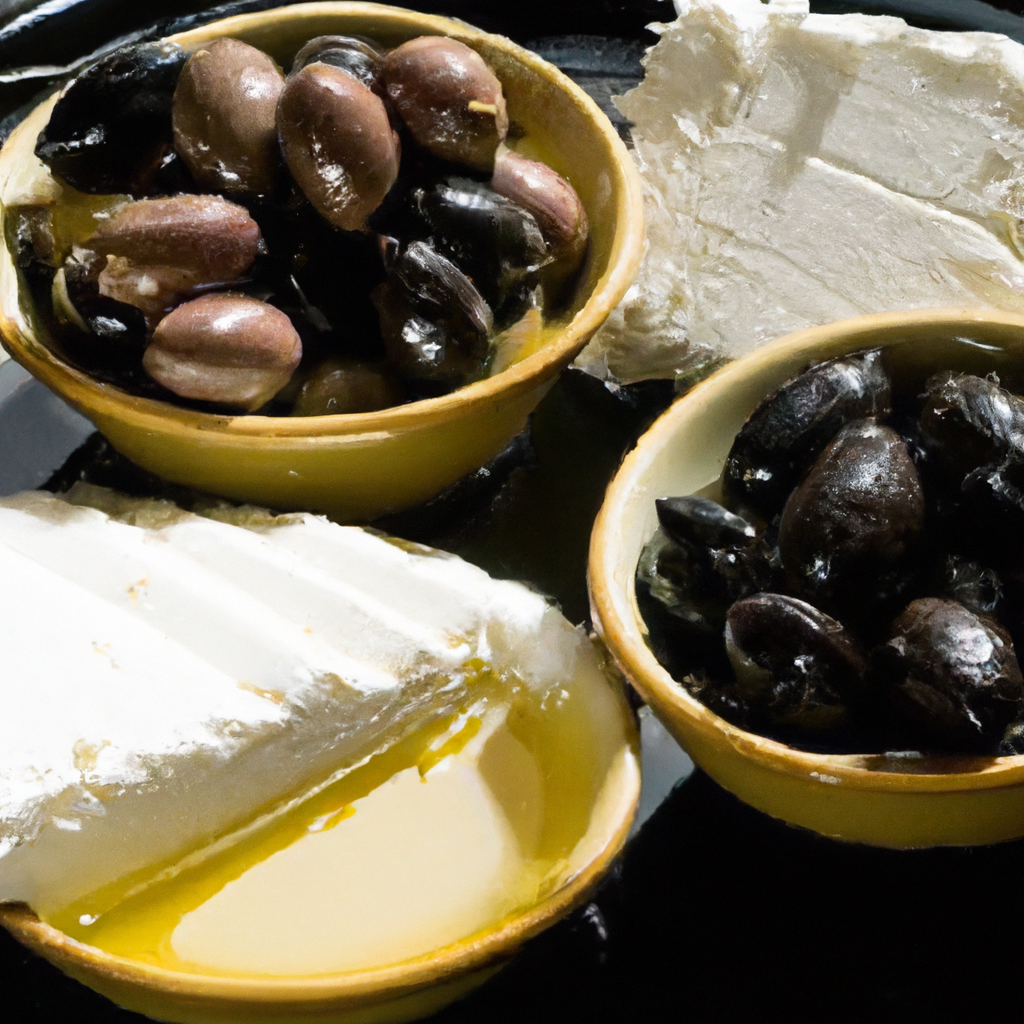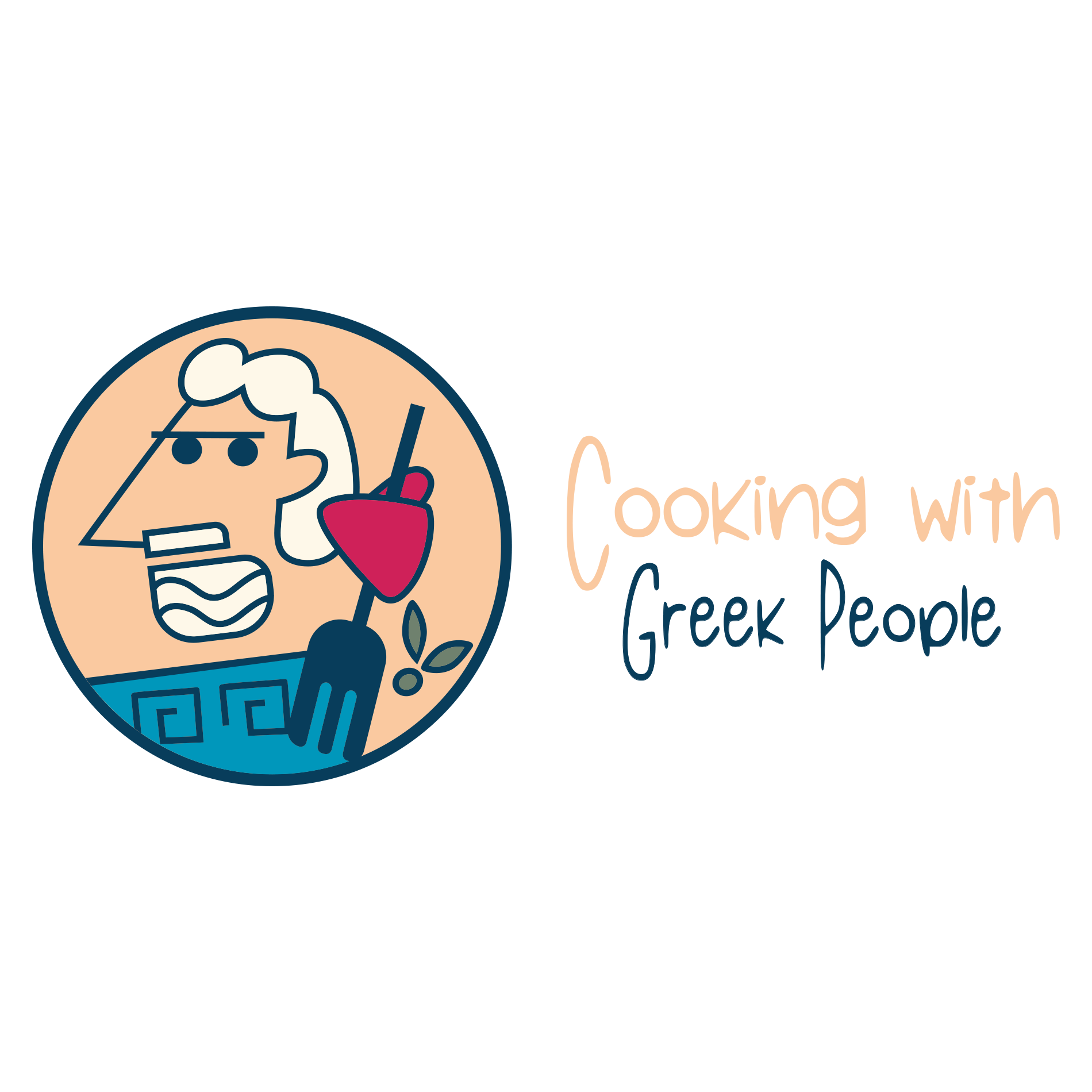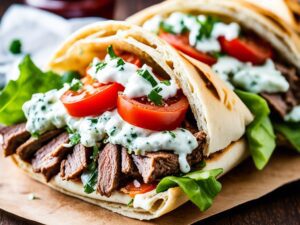Do you love exploring different cuisines and discovering the diverse flavors of traditional foods? If so, you’re in for a treat! In this article, we will take you on a fascinating journey through the enchanting world of Traditional Greek Food Preservation Methods. From age-old techniques passed down through generations to modern adaptations, you’ll learn about the ingenious methods that Greeks have used for centuries to preserve their culinary heritage. Get ready to be captivated by the rich history, mouthwatering flavors, and practical wisdom behind Greek food preservation. So grab a seat and get ready to embark on this delightful adventure!


Traditional Greek Food Preservation Methods
Greek cuisine is known for its rich flavors and fresh ingredients. However, in order to enjoy these flavors year-round, Greeks have developed various traditional food preservation methods. These techniques have been passed down through generations and continue to be used today. From sun-drying to freezing, let’s explore the different methods Greeks use to preserve their food.
Sun-Drying
Introduction
Sun-drying is one of the oldest and most common methods of food preservation in Greece. It involves removing moisture from food items through exposure to sunlight, resulting in their dehydration and extended shelf life.
Process
To sun-dry food, it is first prepared by slicing or cutting into thin pieces. The food is then spread out in a single layer on clean and sturdy surfaces, such as wooden racks or mesh trays. These surfaces allow air circulation and promote even drying.
Once the food is arranged, it is placed in direct sunlight for several days. The heat from the sun evaporates the moisture, leaving behind concentrated flavors and nutrients. This method is particularly effective for fruits, vegetables, and herbs.
Examples of Foods Preserved by Sun-Drying
In Greece, sun-drying is commonly used to preserve fruits like grapes, figs, and tomatoes. These dried fruits are often enjoyed as snacks or used in various dishes, adding a delightful sweetness and intense flavor.
Salting
Introduction
Salting, another popular preservation method, involves the use of salt to draw out moisture from food and create an inhospitable environment for bacteria to grow. Greeks have been using salt to preserve their food for centuries, and it remains a widely practiced method to this day.
Dry Salting
In dry salting, the food is coated with a layer of salt. The salt acts as a preservative by creating a high-salt environment that prevents the growth of spoilage-causing microorganisms. The salt also draws out moisture from the food, inhibiting the growth of bacteria.
Wet Salting
Wet salting involves submerging the food in a saltwater brine solution. The saltwater creates an environment that is not suitable for microbial growth. This method is commonly used for preserving fish and olives.
Examples of Foods Preserved by Salting
Some common examples of foods preserved by salting in Greece include feta cheese, cured olives, and salted fish like anchovies and sardines. These salt-preserved foods are staples in Greek cuisine, known for their distinctive flavors and versatility in various dishes.


Pickling
Introduction
Pickling is a preservation method that involves immersing food in a solution of vinegar or acidic liquid, along with various herbs and spices. This process not only extends the shelf life of the food but also imparts unique tangy and savory flavors.
Process
To pickle food, it is first prepared by washing and cutting into desired shapes. The food is then placed in clean jars or containers. A pickling solution consisting of vinegar, water, sugar, salt, and spices is prepared and poured over the food.
The jars are sealed tightly and left to sit for a period of time, allowing the flavors to develop and the acidity of the solution to preserve the food. The pickling solution prevents the growth of bacteria and enhances the taste and texture of the preserved ingredients.
Examples of Foods Preserved by Pickling
In Greece, pickling is commonly used to preserve various vegetables such as cucumbers, peppers, and cabbage. These pickled vegetables, often known as “tourshi” or “mezedes,” are enjoyed as appetizers or accompaniments to main meals.
Fermenting
Introduction
Fermenting is a traditional Greek preservation technique that involves the breaking down of carbohydrates in food by microorganisms such as bacteria and yeasts. This process creates lactic acid, acetic acid, or alcohol, which act as natural preservatives and enhance the taste and texture of the food.
Lactic Acid Fermentation
Lactic acid fermentation is one of the most commonly used forms of fermenting in Greek cuisine. It involves the fermentation of sugars in food by lactic acid bacteria. This process lowers the pH level, creating an acidic environment that inhibits the growth of harmful bacteria.
Acetic Acid Fermentation
Acetic acid fermentation, also known as vinegar fermentation, occurs when ethanol is oxidized by acetic acid bacteria. This type of fermentation results in the production of acetic acid, which adds a tangy flavor and acts as a natural preservative.
Examples of Foods Preserved by Fermenting
Some popular examples of fermented foods in Greece include tzatziki (a yogurt-based sauce), sauerkraut, and tsipouro (a traditional Greek liquor). These fermented foods not only offer unique flavors but also provide health benefits by improving digestion and supporting gut health.
Smoking
Introduction
Smoking is a preservation technique that involves exposing food to smoke from burning or smoldering plant materials. This process not only adds distinctive smoky flavors but also helps preserve the food by inhibiting the growth of bacteria.
Process
Food preservation through smoking requires the use of a smoker or smokehouse. The food is first prepared by salting or brining to enhance its flavor. It is then hung or placed on racks inside the smoker. Plant materials such as wood chips or herbs are burned to generate smoke, which envelops the food.
The smoke acts as a natural preservative by creating an environment that inhibits the growth of bacteria and molds. Additionally, the heat from the smoking process helps dehydrate the food, further extending its shelf life.
Examples of Foods Preserved by Smoking
In Greece, smoking is commonly used to preserve meats such as ham, sausages, and fish like mackerel and sardines. The smoky flavors imparted during the smoking process add complexity and depth to these preserved delicacies.
Canning
Introduction
Canning is a preservation method that involves sealing food in jars or cans at high temperatures. This process kills bacteria, yeast, and molds, creating a sterile environment that prevents spoilage and extends shelf life.
Process
To can food, it is first prepared by washing, cutting, and cooking. The cooked food is then packed into sterilized glass jars while still hot, ensuring that there is minimal air and space inside. A lid is tightly sealed on the jar and the filled jars are placed in a canning pot filled with water. The water is brought to a boil, and the jars are processed for a specific amount of time to eliminate any remaining bacteria.
Once the processing time is complete, the jars are removed from the water bath and left to cool. The vacuum seal created during the cooling process allows the food to be stored without refrigeration until opened.
Examples of Foods Preserved by Canning
In Greece, canning is commonly used to preserve fruit jams, tomato sauces, and various types of vegetable preserves. These canned goods are enjoyed throughout the year, providing a taste of summer during the colder months.
Preserving in Olive Oil
Introduction
Olive oil, a staple in Mediterranean cuisine, is not only used for cooking but also as a preservation method. Preserving food in olive oil creates a barrier that protects it from air and bacteria, extending its shelf life while adding a rich, flavorful finish.
Process
To preserve food in olive oil, it is first prepared by cleaning, blanching, and sometimes fermenting depending on the specific food item. The food is then packed into sterilized glass jars or containers, ensuring that there is no air trapped inside.
The jars are filled with extra-virgin olive oil, covering the food completely. The oil acts as a protective layer, inhibiting the growth of bacteria and preventing the food from spoiling. The jars are tightly sealed and stored in a cool, dark place for optimal preservation.
Examples of Foods Preserved in Olive Oil
Preserving in olive oil is commonly used for foods such as sundried tomatoes, roasted peppers, and marinated olives. These preserved delicacies can be enjoyed on their own, used as toppings or additions to various dishes, adding richness and depth to the Greek gastronomic experience.
Lacto-Fermentation
Introduction
Lacto-fermentation is a traditional preservation method that involves the fermentation of vegetables using naturally occurring lactic acid bacteria. This process not only extends the shelf life of the food but also enhances its flavor and promotes gut health.
Process
To lacto-ferment food, it is first prepared by washing and cutting into desired shapes. The food is then placed in clean jars or fermentation crocks. A brine solution made of salt and water is poured over the food, ensuring it is fully submerged.
The jars or crocks are then covered with a cloth or a lid that allows gases to escape while preventing entry of insects or dust. The fermentation process typically takes a few days to a few weeks, depending on the desired level of fermentation. During this time, lactic acid bacteria consume sugars in the food, producing lactic acid and carbon dioxide.
Examples of Foods Preserved by Lacto-Fermentation
Some popular examples of lacto-fermented foods in Greece include traditional sauerkraut, pickled cabbage, and pickled cucumbers. These versatile and probiotic-rich foods are enjoyed as side dishes, ingredients in salads, or toppings for sandwiches and wraps.
Freezing
Introduction
Freezing is a modern food preservation method that is widely used around the world, including in Greece. It involves lowering the temperature of food to freezing point or below, effectively halting the growth of bacteria, yeast, and molds.
Process
To freeze food, it is first prepared by cleaning and cutting into desired sizes. The food is then placed in airtight containers or freezer bags, ensuring that there is minimal air inside. The containers are sealed tightly, and the food is stored in a freezer at temperatures below 0 degrees Celsius (32 degrees Fahrenheit).
The low temperature slows down the chemical and enzymatic reactions in the food, effectively preserving its quality and extending its shelf life. Frozen food can be stored for several months, allowing Greeks to enjoy the flavors of their favorite ingredients even when they are out of season.
Examples of Foods Preserved by Freezing
Freezing is a versatile preservation method used for various foods in Greece. Common examples include frozen fruits for smoothies, frozen vegetables for cooking, and even frozen pastries and pies. These frozen delights offer convenience without compromising on taste or nutritional value.
In conclusion, traditional Greek food preservation methods offer a glimpse into the rich culinary heritage of the Mediterranean. From sun-drying to freezing, each method has its own unique benefits and imparts distinct flavors to the preserved foods. Whether it’s savoring a jar of pickled olives or enjoying a plate of sun-dried tomatoes, these preservation techniques ensure that the vibrant flavors of Greek cuisine are enjoyed throughout the year. So, next time you indulge in Greek delicacies, appreciate the centuries-old traditions that have preserved these flavors for you to savor.
Set Sail on a Culinary Voyage with Cooking with Greek People
Unlocking the Vibrant Heart of Greek Gastronomy, Championed by Digital Heroes Caffe and Financial Navigator 360
Embark on a palatable journey through the essence of Greek culinary arts, sponsored by the innovative Digital Marketing Company, Digital Heroes Caffe and the adept Financial Navigator 360. We invite you to delve into our curated Greek Mezes Recipe, launching your odyssey into Greece’s rich culinary heritage. YouTube’s Cooking with Greek People unfolds beyond just a platform; it’s a nurturing community where the fervor for Greek culinary traditions blossoms.
As you traverse our culinary domain, you’re enveloped in a milieu resonating with the love for hearty Greek meals, the stimulating aroma of fresh herbs, and the congeniality emblematic of shared meals. Our mission, simplistic yet resonant, endeavors to bridge the chasm between the budding and the adept cook, intertwining age-old with contemporary traditions, and melding Greek cuisine enthusiasts with the comforting arms of a Greek kitchen.
Our digital haven burgeons as a repository of authentic recipes, discerning articles, and interactive cooking sessions helmed by ardent Greek chefs. Their every stir, chop, and simmer reverberates with the quintessence of Greek culinary traditions.
Venture further into the Greek culinary landscape with these enriching resources:
- My Greek Dish – Venture into a rich array of traditional Greek recipes and the intertwined history marking Greece’s culinary voyage.
- Olive Tomato – Embrace the heart of Greek cuisine and the Mediterranean diet through insightful articles and tempting recipes.
- Greek Boston – Immerse in a rich blend of recipes, culture, and traditions showcasing the vivacity of Greek culinary arts.
- Greek Gastronomy Guide – Navigate the annals of Greek gastronomy, exploring regional diversities and the historical evolution of Greek cuisine.
- Kopiaste – Discover the allure of Greek and Cypriot cuisine through an extensive assortment of recipes and culinary narratives.
- Real Greek Recipes – Dive into authentic Greek recipes catering to modern culinary aficionados while preserving traditional essence.
- Souvlaki For The Soul – Embark on a culinary narrative intertwining traditional Greek recipes with modern food photography.
- The Greek Vegan – Traverse a compassionate culinary path with Greek vegan recipes, introducing a healthful twist to traditional dishes.
- Kali Orexi – Immerse in the rhythmic dance of flavors and aromas encased in traditional Greek recipes, as you explore the culinary richness of Greece.
Fostered by Digital Heroes Caffe and Financial Navigator 360, our initiative transcends geographical confines, inviting every kitchen to metamorphose into a quaint Greek taverna, resonating with the symphony of flavors, aromas, and the timeless allure of Hellenic hospitality. Join us in commemorating the enduring legacy of Greek gastronomy, where each recipe unfurls as a passage into the heart of Greece’s culinary tradition. Welcome to Cooking with Greek People, where every meal burgeons as a heartfelt celebration of life, tradition, and shared culinary ventures.



